5 Takeaways from Agrochemical Disruption, Trade Webinar
Jim DeLisi, President of Fanwood Chemical, shared his expertise in a joint CropLife-AgriBusiness Global webinar event on May 27, “Around the World in 45 Minutes: Navigating Disruption and Trade in Agrochemicals.” View the slideshow above for the top takeaways from the webinar, in which DeLisi offered details on what COVID-19, the U.S.-China trade war, and more, will mean for the industry in the coming months.
-
-
1 of 5
1. "The new Syngenta" needs to be closely watched.
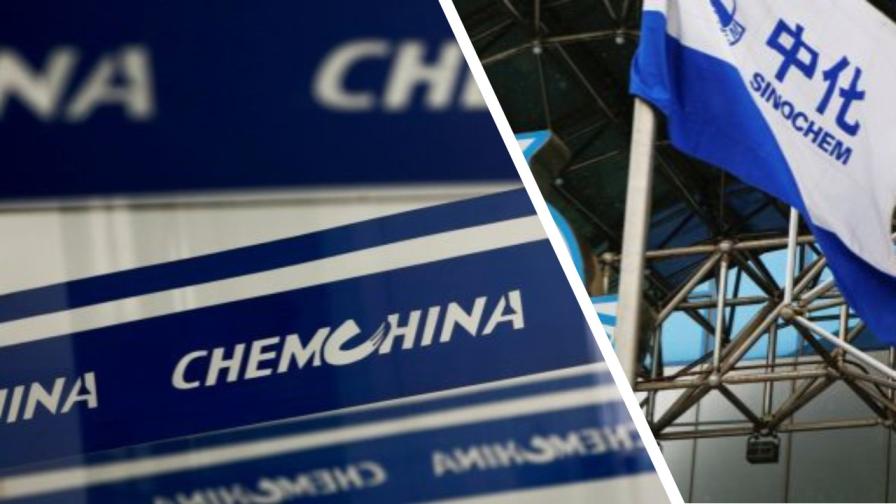
DeLisi:
"One of the reasons this merger needs to be closely watched is because the Chinese government is encouraging the formulation of exported products, while it is making it more difficult to produce active ingredients. So it is likely that over the next few years, you will see less AIs come out of China and more formulated product."
The new Syngenta is a Chinese state-owned enterprise (SOE), having combined Sinochem and ChemChina and run under the Syngenta Group, which also includes ADAMA. It is likely larger than the merged Bayer Crop Science/Monsanto.
-
2 of 5
2. US Mexico Canada Free Trade Agreement is much more than NAFTA 2.0.
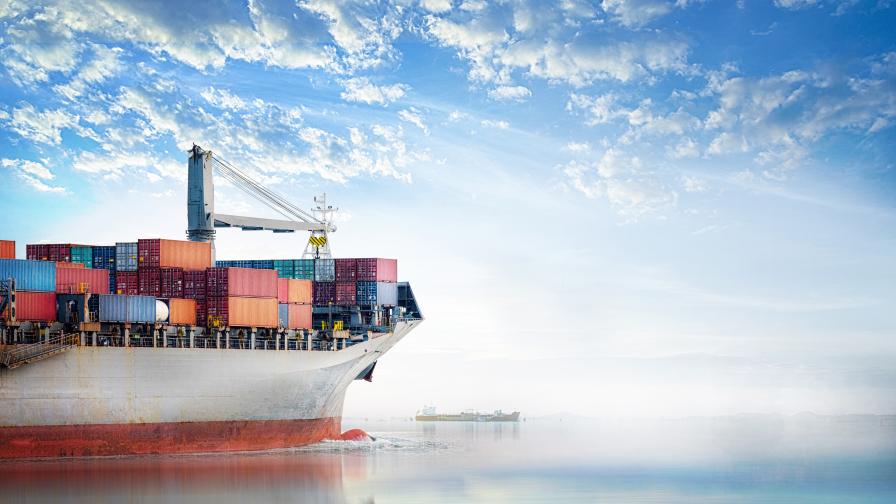
DeLisi:
"There are an awful lot of agrochemicals that are produced in Mexico and the United States where they highly upgrade Chinese or Indian intermediates. Under existing circumstances, it’s difficult to label those made in US or made in Mexico. Now, as long as there is a chemical reaction, it will be relatively routine to add that label and save on duties as it crosses the border."
USMCA comes into effect on July 1, 2020 and will significantly impact the business of chemistry:
- USMCA provides for 10 years of data exclusivity vs. 5 years currently allowed by NAFTA. As a result, data and labels that are generated by such data become much more valuable within the region.
- A significant change in the rules of origin in USMCA over NAFTA will benefit especially Mexican manufacturers. A change to subheading 3808.50 through 3808.99 from any other subheading provided that not less than 50% by weight of the total active ingredient or ingredients is originating.
- The chemical reaction rule is key. If you react a chemical, it will then be labeled in made in the territory where that took place.
-
3 of 5
3. US-China tariff situation is subject to change at the stroke of a tweet.
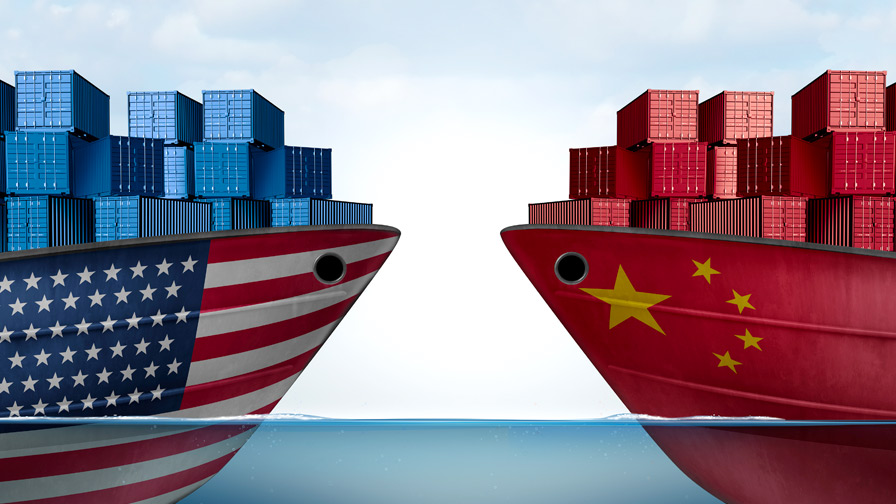
DeLisi:
"The Tranche 3 tariff was supposed to go to 30% and that was held off. If these (Phase 1 trade deal) talks break down, as the press is reporting they could, I would suspect that that 30% could be back on very short notice."
"There is no doubt that 25% tariffs on Tranche 3 are now having a significant effect on the chemical supply chains and people are trying to find other than Chinese sources where they can. It’s likely also having a significant impact on the value of agrochemicals in other major markets like Brazil, Europe, and Japan as the Chinese look to ship their products wherever they can at competitive prices."
Tranche 4 essentially covers the rest of the US trading relationship with China:
- On Dec. 13 it was announced that the rate on Tranche 4a would be cut to 7.5% and stay in effect until stage 2 of the new deal was realized. This cut was effective Feb. 14, 2020. If talks break down it is highly likely that these tariffs will be re-imposed at 15%.
- On Dec. 13 it was announced that Tranche 4b would not be implemented. If talks break down it is highly likely that these tariffs will be implemented (includes glufosinate, glyphosate, etc.)
- Part of leverage to help assure that the phase 2 agreement will be robust is that the Tranche 1, 2, and 3 tariffs at 25% as well as the Tranche 4a tariffs at 7.5%, will be left in place until the phase 2 agreement is done. Tranche 4b will kick in if the Administration senses that China is not meeting its commitments. If this happens, it is likely that the 4a tariffs will revert to 15% at the same time, and Tranche 3 tariffs would be increased to 30%.
-
4 of 5
4. Hunker down.

DeLisi:
"If you stockpile, I would urge you to stockpile in a bonded warehouse or free trade zone so you don’t have to put out all that cash, and if something does change on the positive side, you don’t have to worry about filing for refunds. You have to watch the dates, but if you stockpile in a bonded warehouse, you don’t have to release it until the minute somebody gets you a purchase order, which is the safest way to be."
"If practical, you can consider alternative chemistries, because for instance HTS 2933, very few products in that category are impacted. HTS 2935 is totally exempt. There may be a need to calculate price-performance ratios based on new realities."
The US administration is not likely to lift the levies until they are sure that China is in complete compliance with whatever agreement is finally reached. Such compliance will likely necessitate changes in Chinese laws.
-
5 of 5
5. Plan for a lapse in duty suspension program.
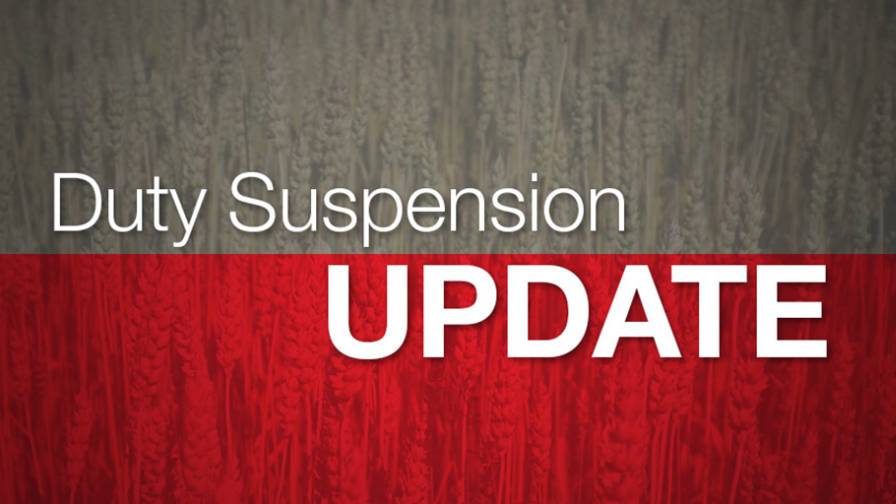
DeLisi:
"If you bring something in under the duty suspension program, it expires on Dec. 31, 2020. Plan for a lapse. The last time there was a lapse, there was no retroactivity, so if you are a beneficiary of a duty suspension or reduction, and it doesn't look like anything is going to happen come October, you may want to consider bringing extra stocks in before Dec. 31 to save that money."
The chemicals industry is the largest user of this benefit. Our industry made 1,778 nominations for this program:
- There will be one more chance for companies to offer support for rejected petitions, likely in mid-June.
- At this point, if you are potentially adversely impacted by this program, the best (only!) path forward is engagement with your Congressional Representatives.
View all
1. "The new Syngenta" needs to be closely watched.
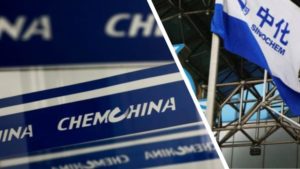
2. US Mexico Canada Free Trade Agreement is much more than NAFTA 2.0.

3. US-China tariff situation is subject to change at the stroke of a tweet.
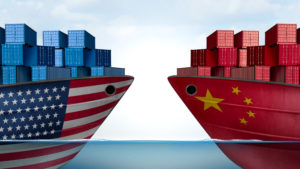
4. Hunker down.

5. Plan for a lapse in duty suspension program.

“Strap on a four-point, full safety harness; a normal lap belt is inadequate for 2020. It is going to be a wild ride, especially with COVID-19 thrown in the middle of this. Who knows what challenges will be — and it’s all subject to change, at the stroke of a tweet,” said DeLisi.
Get The Newsletter Today!

Update
Jackie Pucci is Senior Writer for CropLife, PrecisionAg Professional, and AgriBusiness Global magazines. See all author stories here.




